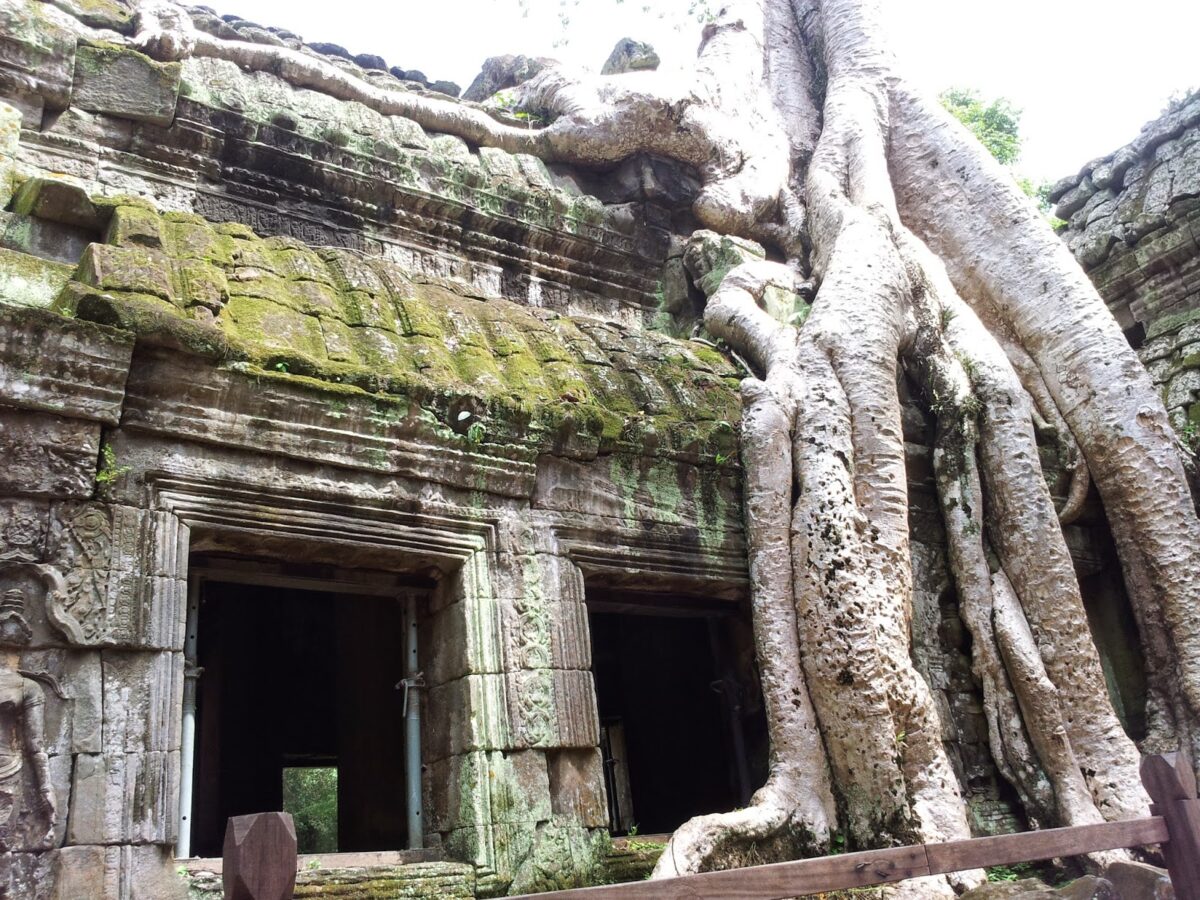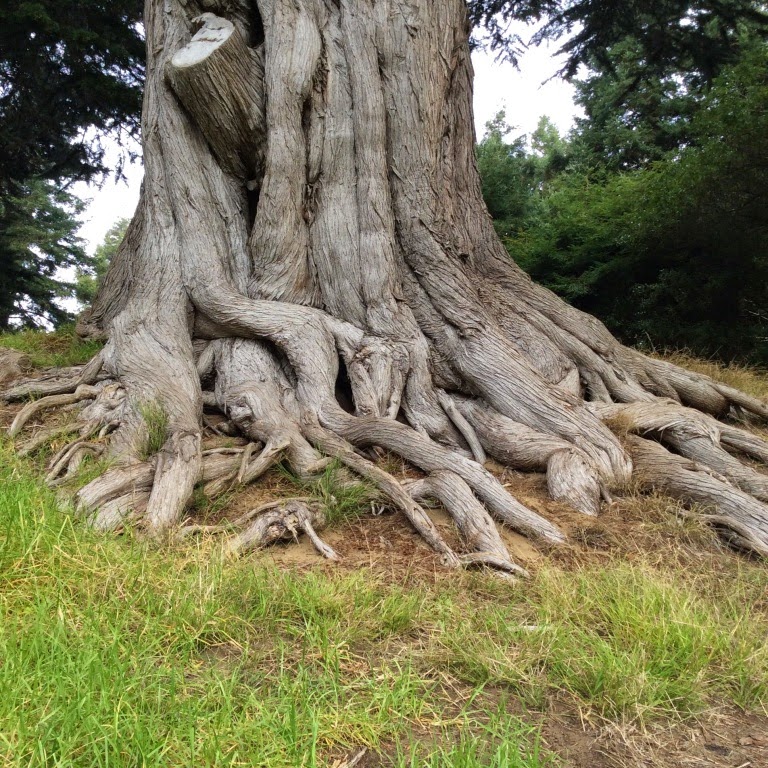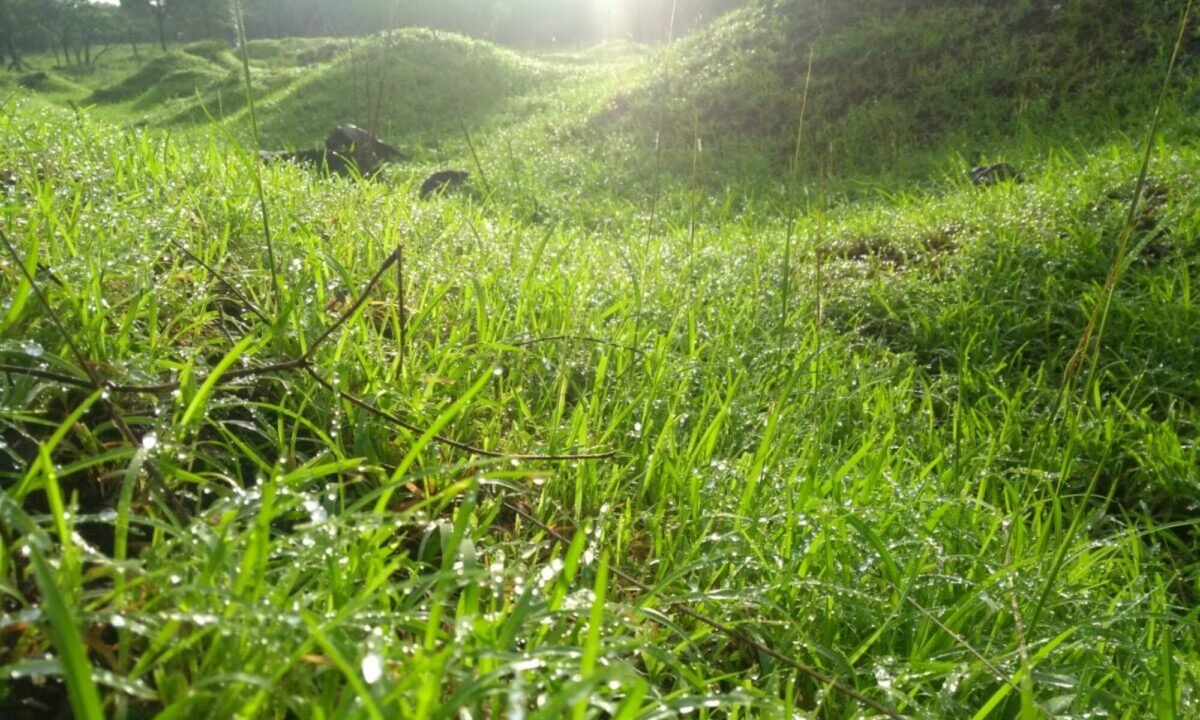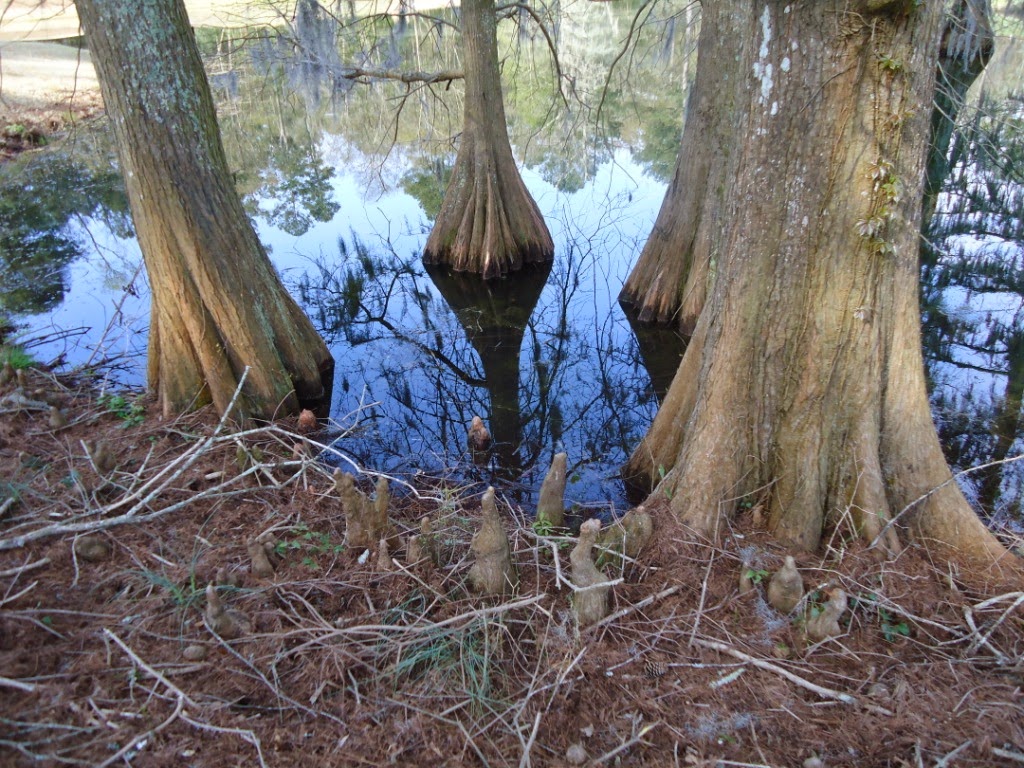Yet I find that tree roots too have emerged as attention grabbers. Roots are what anchor a tree to the ground, collect water and other nutrients from the soil, at times are modified to breathe/give support as well. I would like to share some of these amazing roots with you.
Enjoy…
These are simply stunning. Tree roots at Angkor Wat. Do they support these ancient structures or do they damage the structure? To me it looks like the former!
 |
| Photo Credit: Col (Dr) Ram Athavale, Retd |
 |
| Photo Credit: Col (Dr) Ram Athavale, Retd |
Here is yet another example of roots offering some support… in the form of a bridge! This bridge has been created by living roots of the Ficus tree. Such bridges are seen in North East India. This photo has been sourced from Getty Images
Artist Steve Robin has envisaged and created the following bronze sculpture using inspiration of the roots of the large sycamore tree in the St Paul’s Chapel in New York that was damaged due to debris from the 9/11 World Trade Tower collapse. Read more about it here.
 |
| ‘Trinity Root’ Patinated Bronze by Steve Tobin. Seen at St Paul’s Chapel, New York |
 |
| Stunning roots of a huge Cupressus macrocarpa. Seen in San Francisco |
 |
| Roots of this Ficus at Pondicherry have spread out to form columns. This tree is at Auroville, India. Photo Credit: @puneribaker |
 |
|
Rootage of a 200 year old Silk Cotton Tree seen at the Lal Bagh, Bangalore
Photo Credit: @puneribaker
|
|
The vertical Cypress
knees or Pneumatophores of the Taxodium distichum (Bald cypress) jut upwards from the soil. Some theories state they help the tree get oxygen but some trees have thrived even after the cypress knees were removed. Other theories propose that they play the role of supporting the tree.
|
| Cypress knees or Pneumatophores of the Taxodium distichum (Bald cypress). This image from South Carolina, USA |
 |
| Thin delicate aerial roots of the Ficus microcarpa, help distinguish it from other Ficus brethren whose aerial roots may be thicker and coarser. This tree is in Pune, India |
 |
| This is mostly of learning value to me as I was under the wrong impression that only Ficus species produced aerial roots. This tree is the Metrosideros excelsa (New Zealand Christmas Tree) which belongs to the Myrtaceae family. This tree is from the San Fransisco Botanical Garden |
 |
| Nebari of my Kamini bonsai! |
If you have enjoyed this, you are sure to like my post about amazing barks …
Take care!


Amazing! The roots and structures are so bound together, I wonder if they were discovered from underground.
Keep posting.
Thank you Trivedi ji. 🙂